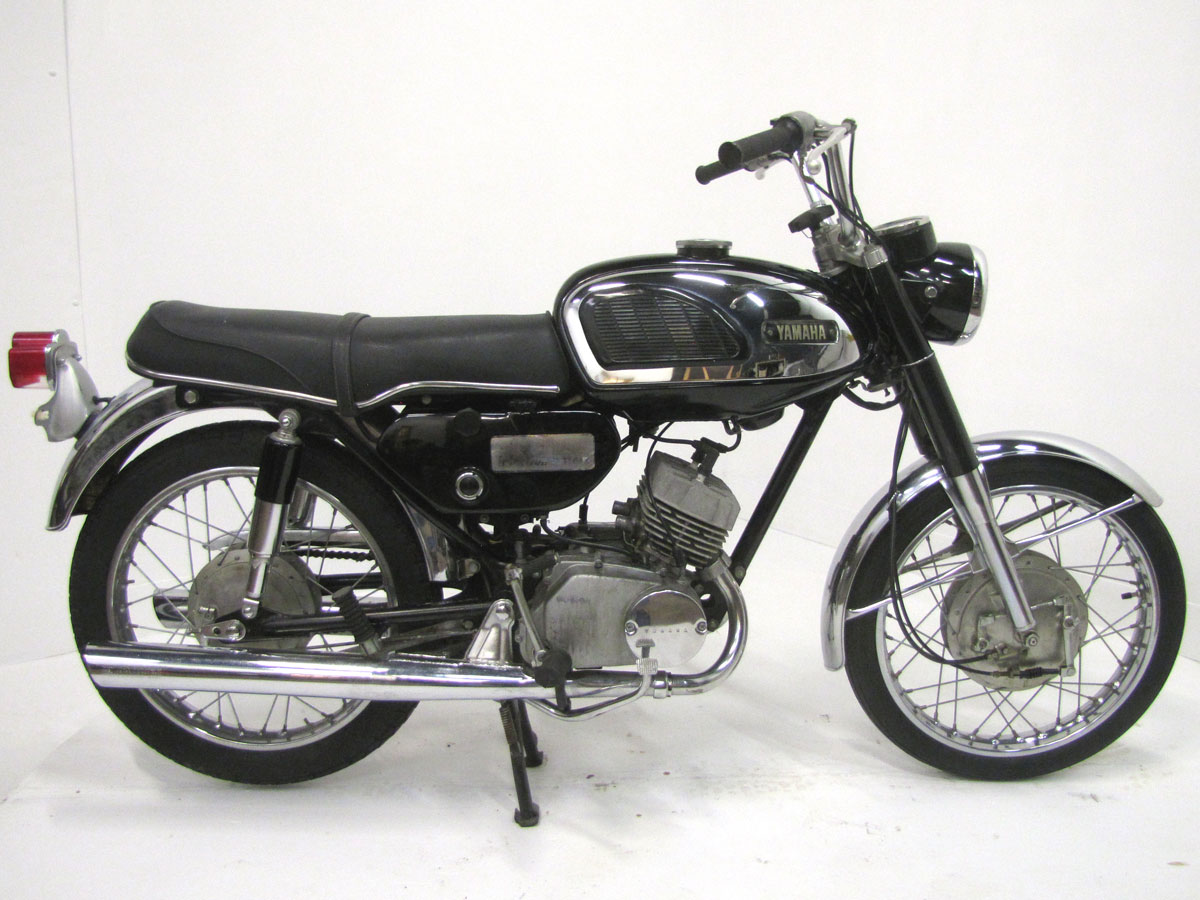
Combined, by the mid-1960’s the Japanese “big four” gave us dozens of offerings in street and trail bikes, two-stroke and four-stroke. In addition, there were Marusho and Lilac with touring bikes, Hodaka, Tohatsu and a few others that imported lightweight dirt and street bikes to America. And Bridgestone was a player for a while with hot rotary valve twins. Most Japanese styling had improved from earlier designs, some of which had mimicked German prototypes. Tubular frames became common and emulated what we saw on grand prix road racing motorcycles. And Yamaha, forever a “race to improve the breed” kind of company, brought us small yet high performance twins that emulated their race bikes.
While 180cc machines were not part of international racing classes, much of the design of the CS1 is like the 125cc twins Yamaha sold as production road racers. Also in the case of the CS1, we see a large twin leading shoe front brake similar to Yamaha’s racing components, and a racing styled front fender along with telescopic forks.
But as you look at this Bonanza, you see it’s missing its carburetors and control cables, was donated to the National Motorcycle Museum missing a few parts. If you know of a set of carbs, cables, etc and would like to donate them, we’ll add your name, as the bike’s sponsor, to the information plaque displayed with the bike in the Museum. Just add a note in comments below and we can connect.
Most Yamaha twins of the era used horizontally split crankcases, a built-up ball and roller bearing crankshaft, cast iron cylinders and dual carburetors. While not too many years before, Yamaha two-strokes required that you mix oil and gasoline, by this time oil injection was pretty much standard except on pure racing bikes. Depending on how you look at it, until 1968 Honda styling focused on cheaper silver paint as a trim color for fenders and side-covers while chrome plating was more liberally used by Yamaha, Kawasaki and Suzuki, who also used more “candy” colors. Most manufacturers had learned up pipes for the “scrambler” look was popular, and many Japanese bikes came in high pipe versions with shorter fenders and maybe a skid plate, braced handlebars.
Yamaha was founded in 1897 as a reed organ maker. In 1954 the company experimented with motorcycle manufacture and in 1955 split off the Yamaha Motor Co. Ltd. The original company is noted as the largest maker of all sorts of musical instruments, and both companies used the three crossed tuning forks are their corporate logo.
This nice Yamaha CS1 Bonanza is one of three bikes donated by David Harmon of Ohio back in 2013. It’s one of quite a few Yamahas on display, small and large, including a hand built drag bike using two TZ700 four cylinder two-stroke road race engines.
Specifications:
-
- Engine: Air-Cooled, Two-Stroke
- Type: Port Induction Twin, Transverse
- Bore & Stroke: 50mm x 46mm
- Displacement: 180.6cc’s
- Compression Ratio: 7.4 : 1
- Ignition: Points, Coil, 12V Battery
- Lubrication: Auto-Lube Oil Injection
- Induction: Two Mikuni Carburetors
- Starting: Kick
- Horsepower: 21HP, rated
- Primary: Gear Driven
- Clutch: Wet, Multi-Plate
- Transmission: 5-Speed
- Final Drive: Chain
- Frame: Open Cradle/Tubular Steel
- Suspension: Hydraulic Fork / Swingarm, Dual Shocks
- Brakes: Twin Leading Shoe, Single Leading Shoe
- Wheelbase: 49 Inches
- Wheels / Tires: 2.50 x 18 / 2.75 x 18
- Weight: 265 Pounds, Dry
- Top Speed: 88 MPH
Leave a Reply
Want to join the discussion?Feel free to contribute!
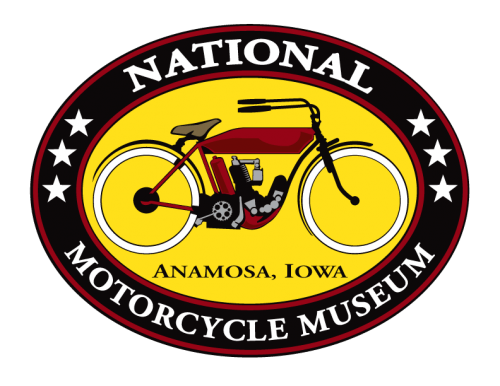
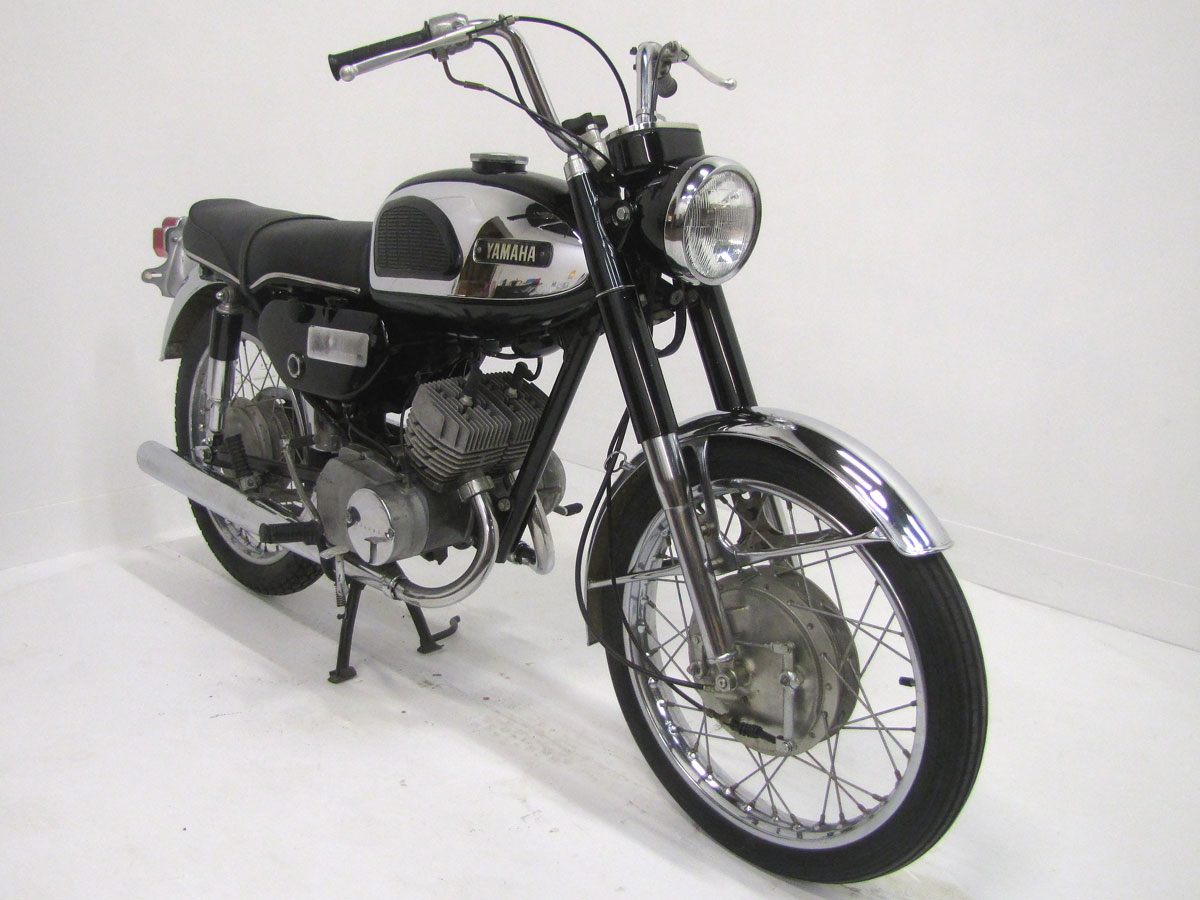
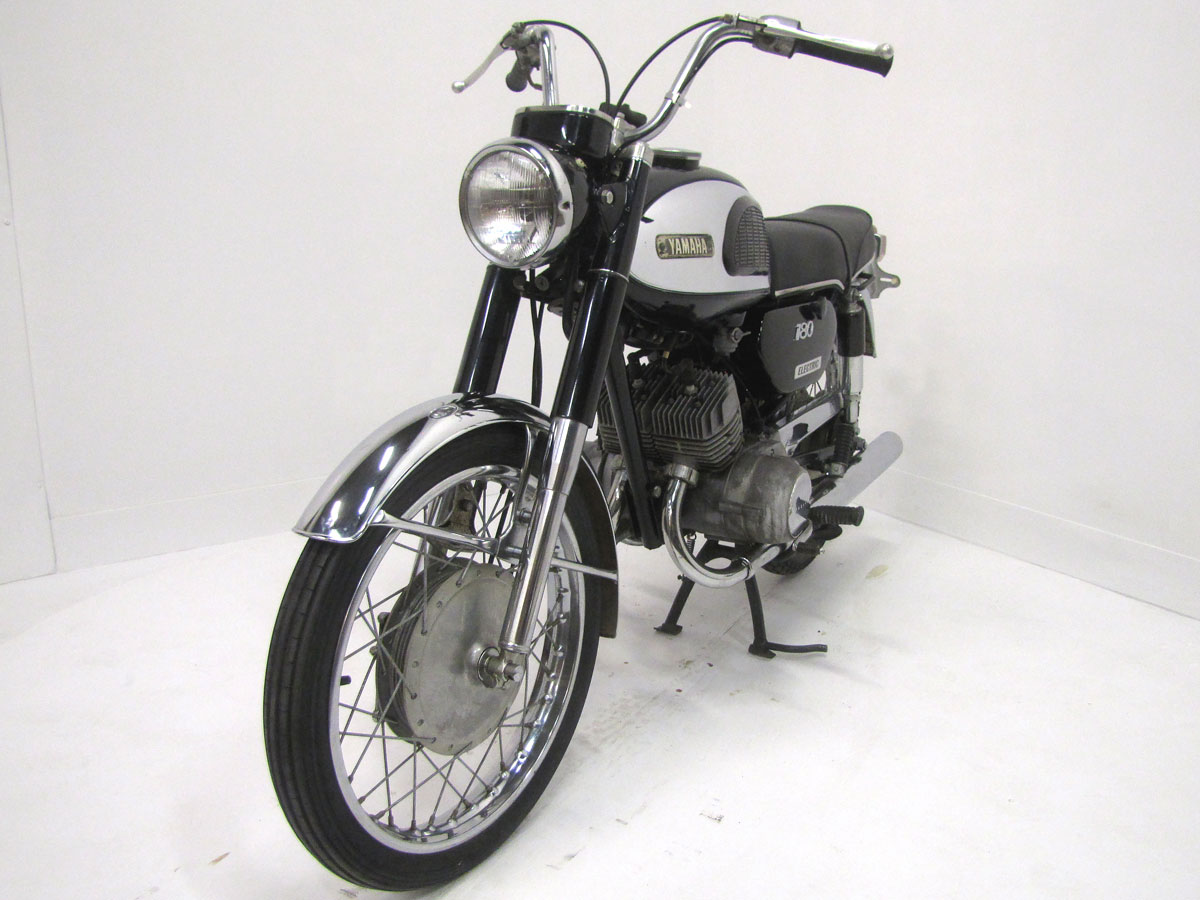
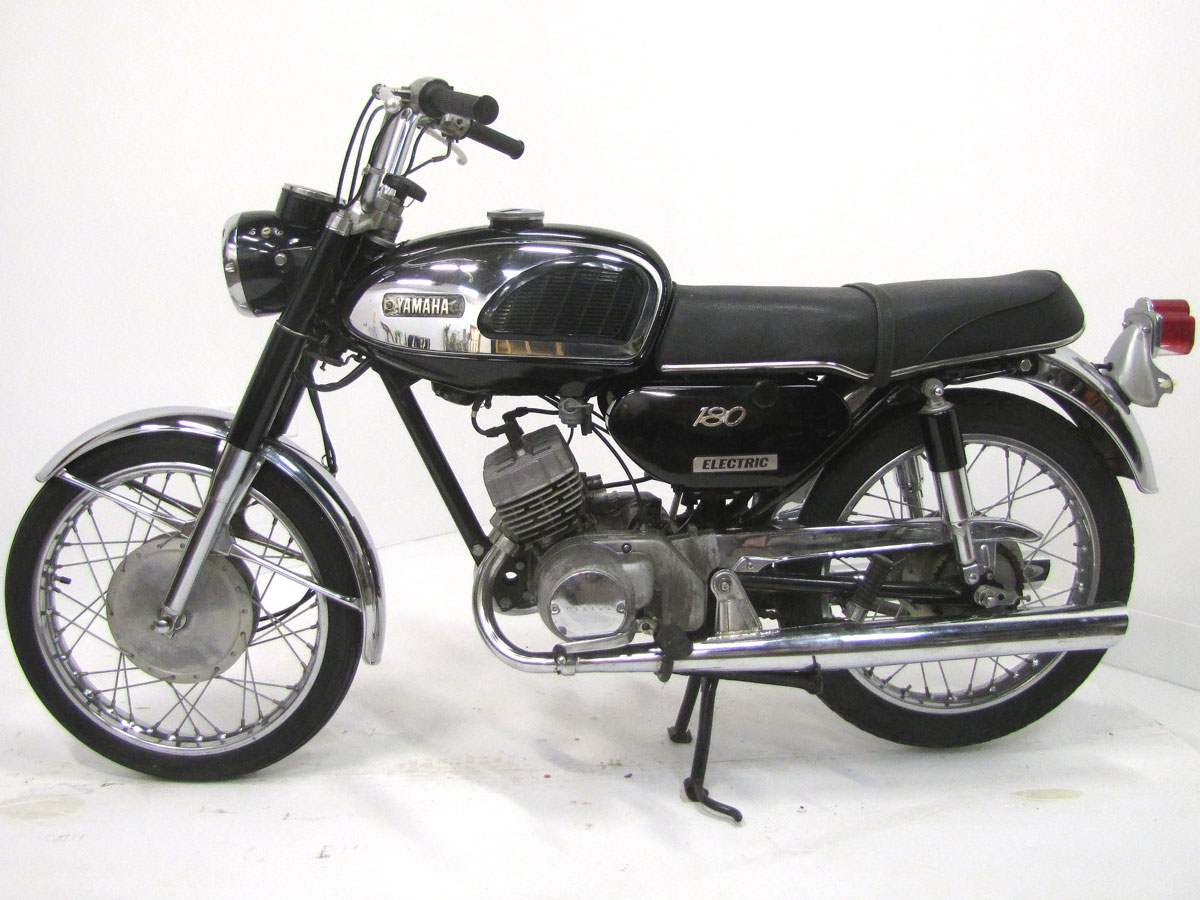
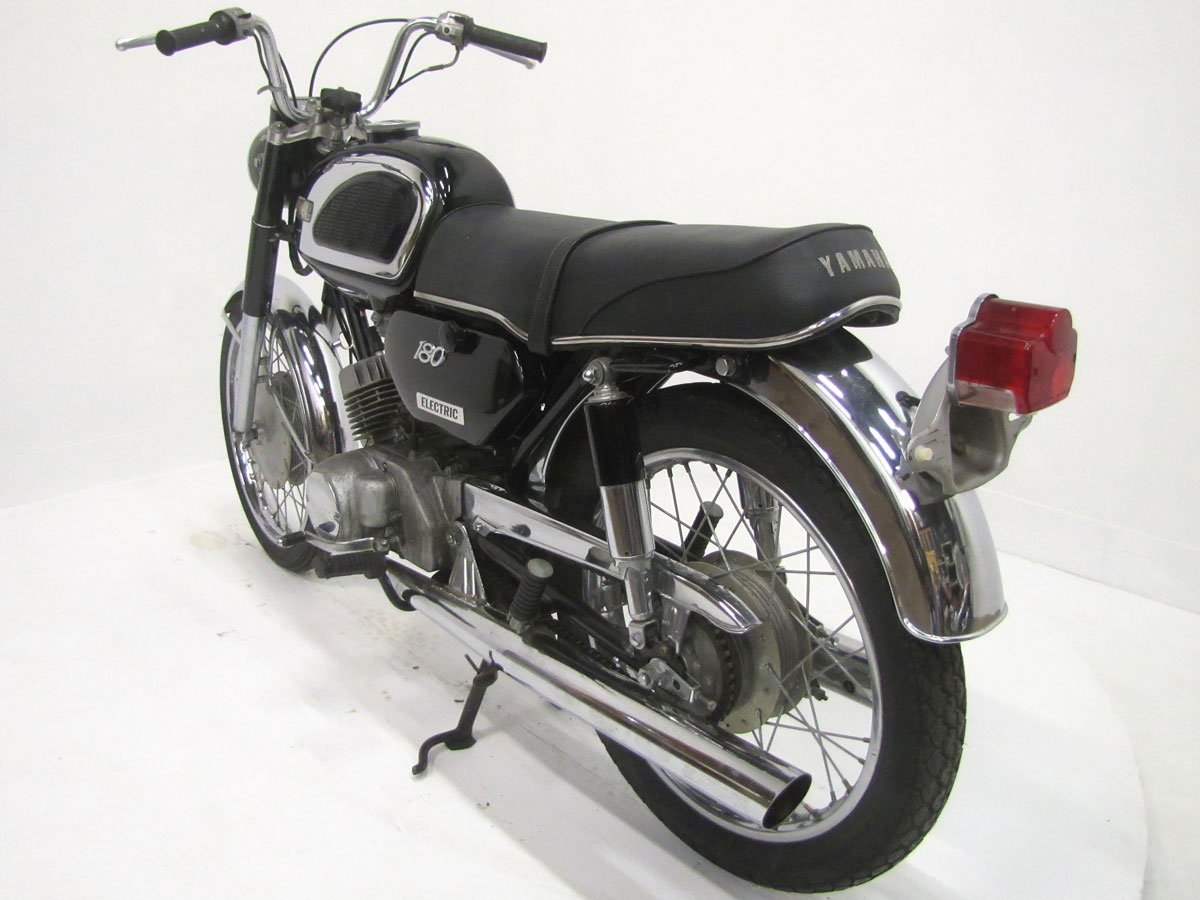
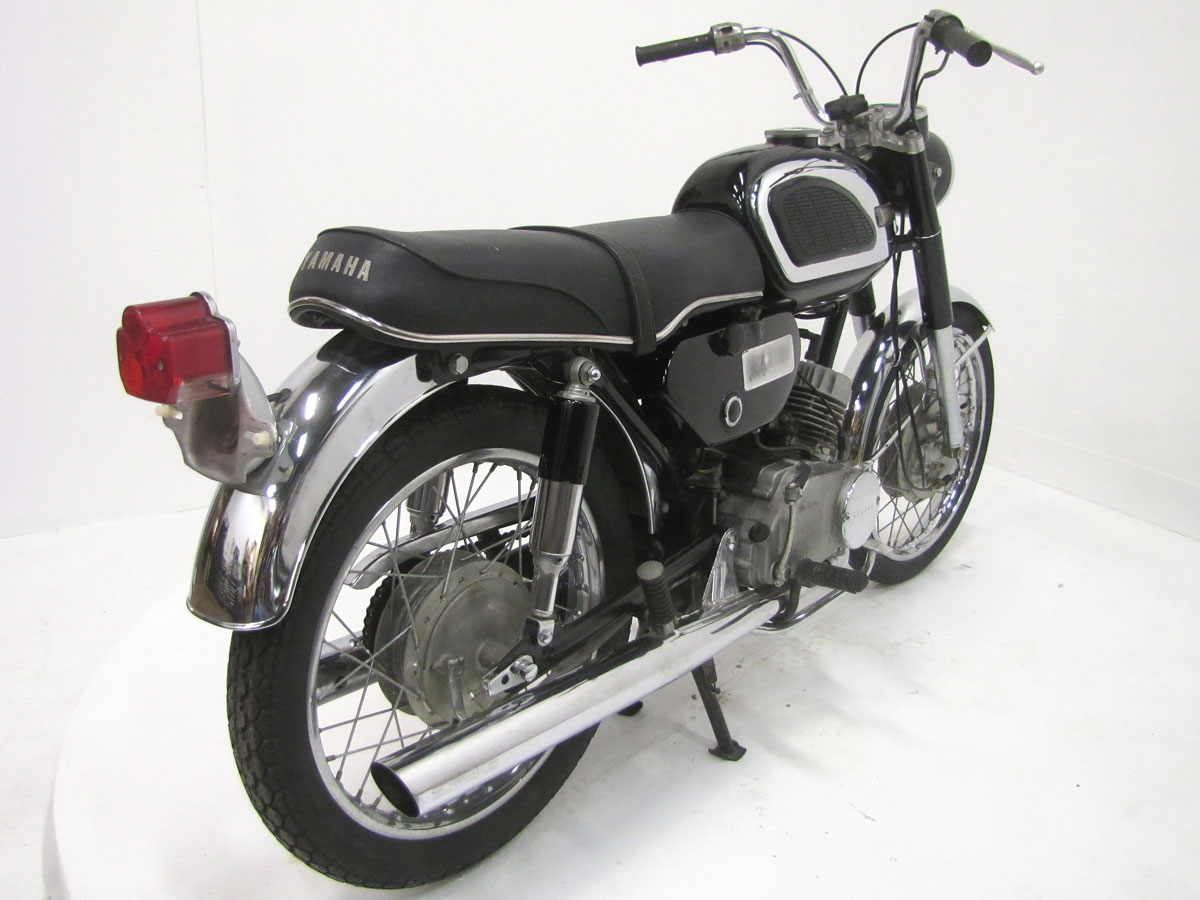
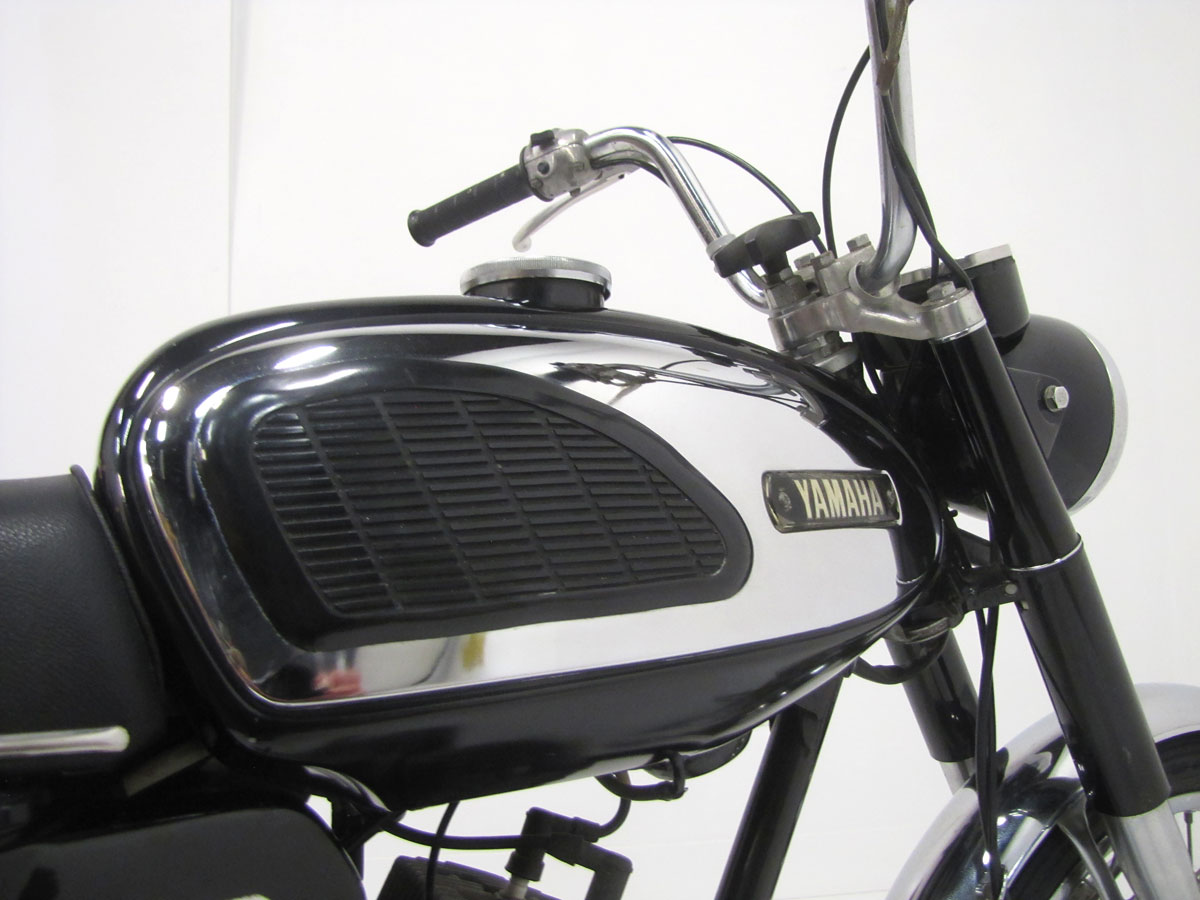
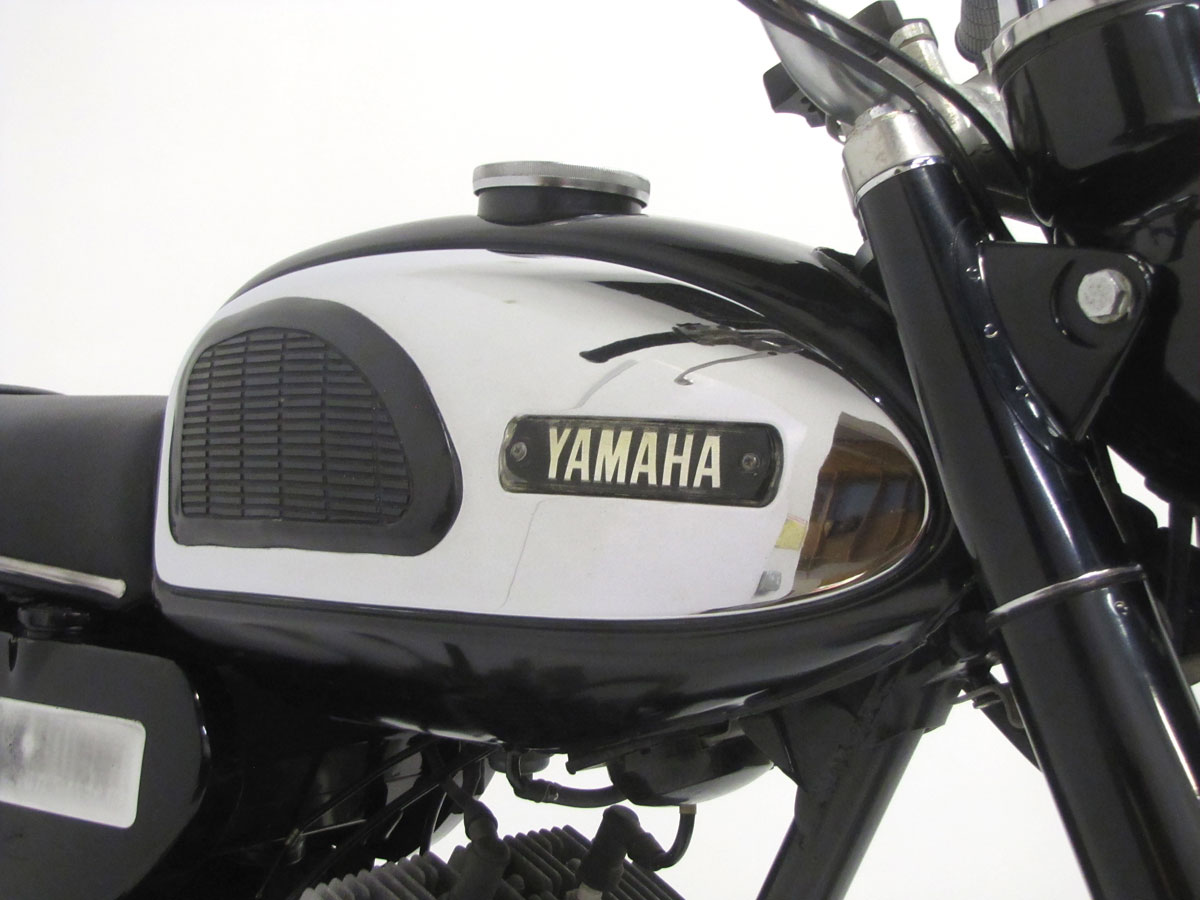
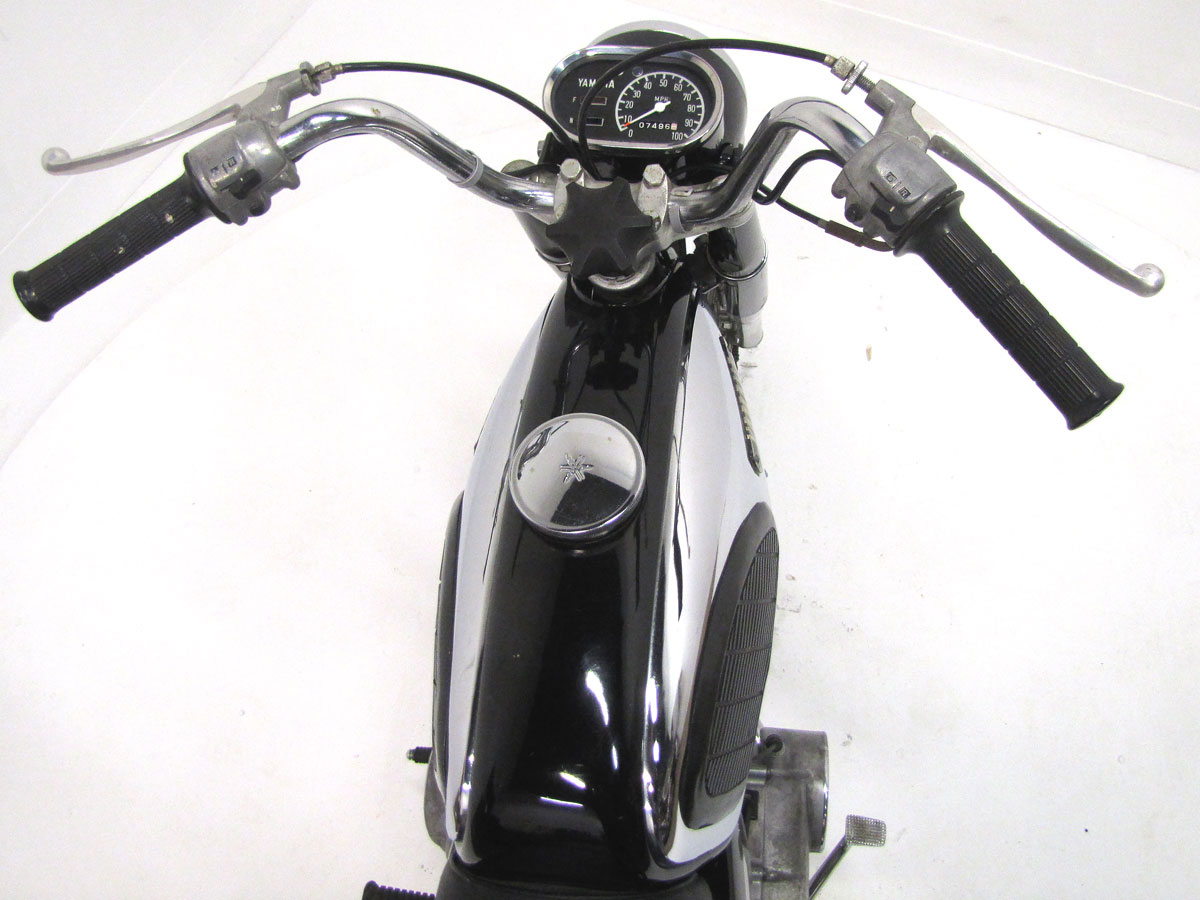
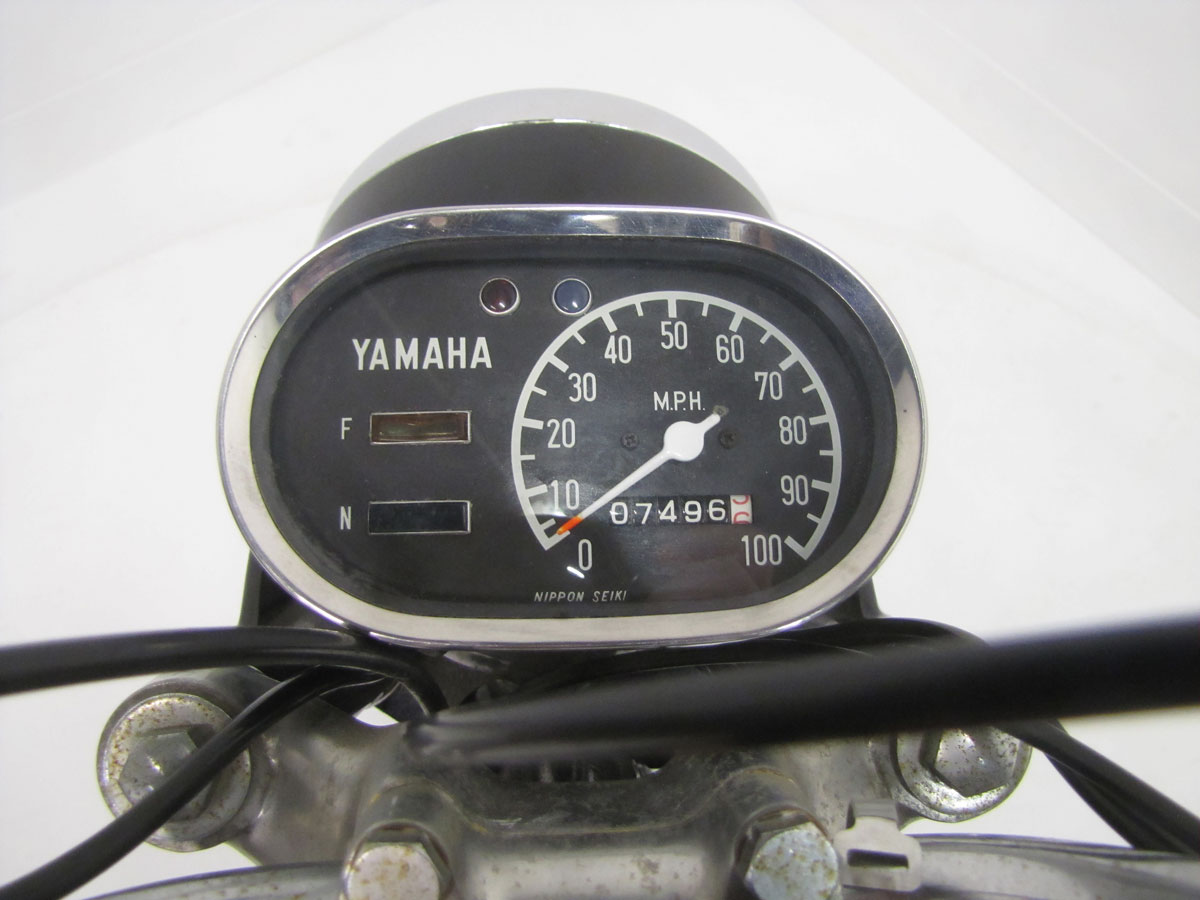
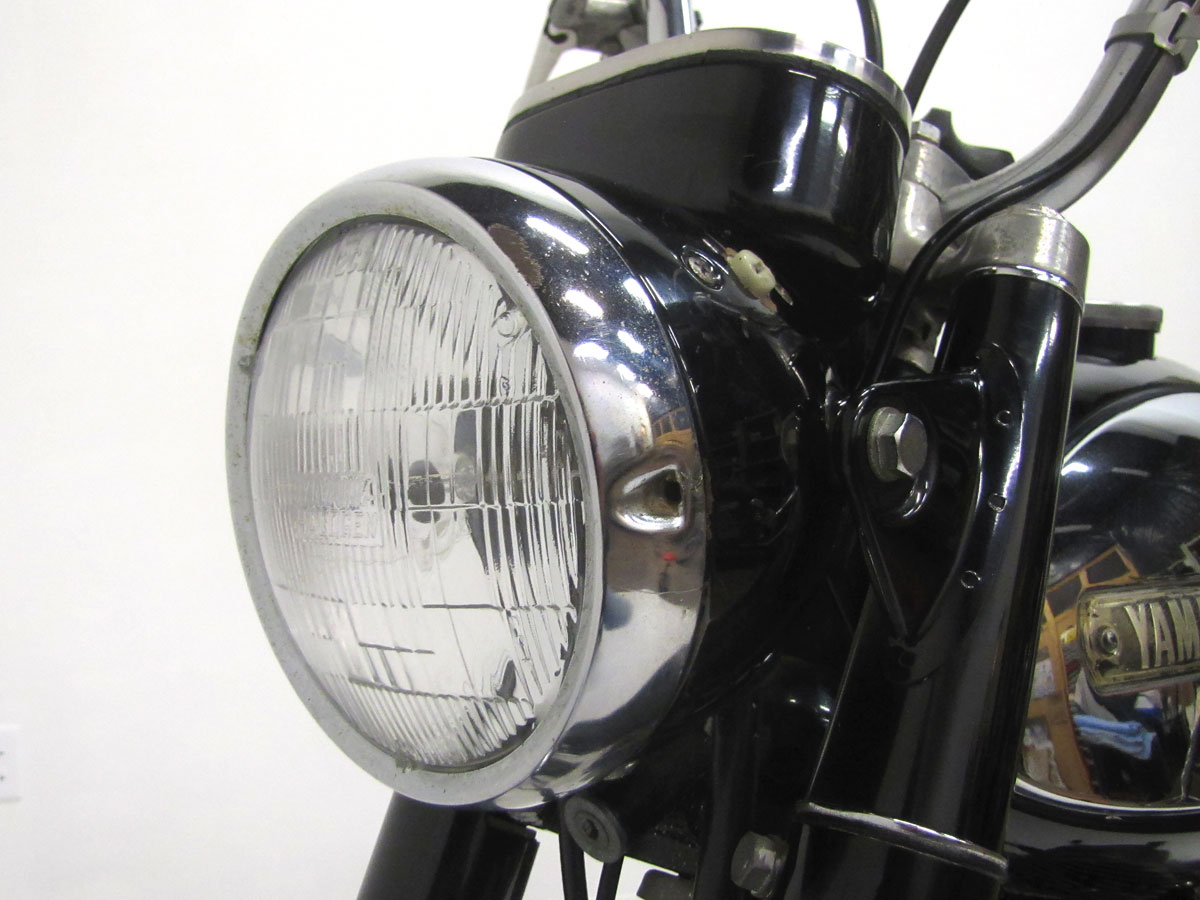
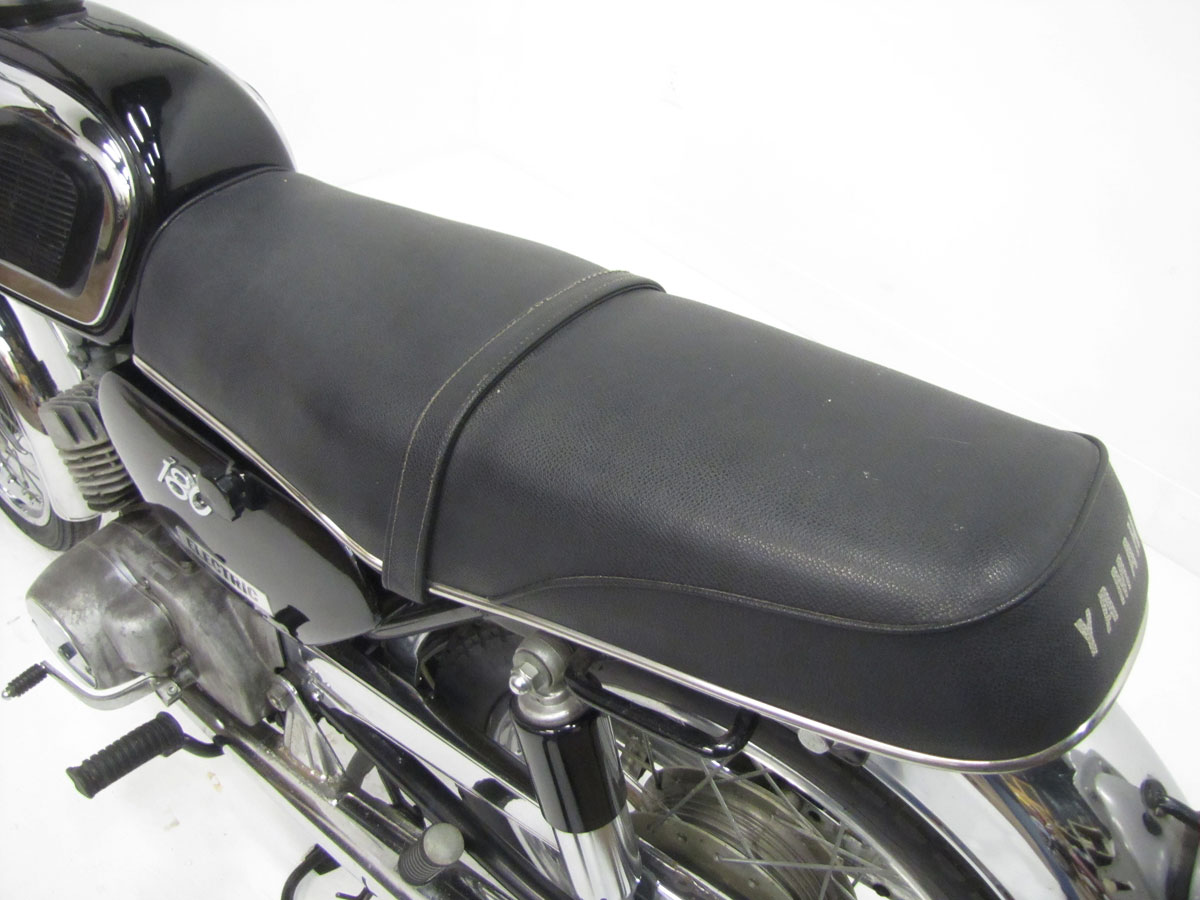
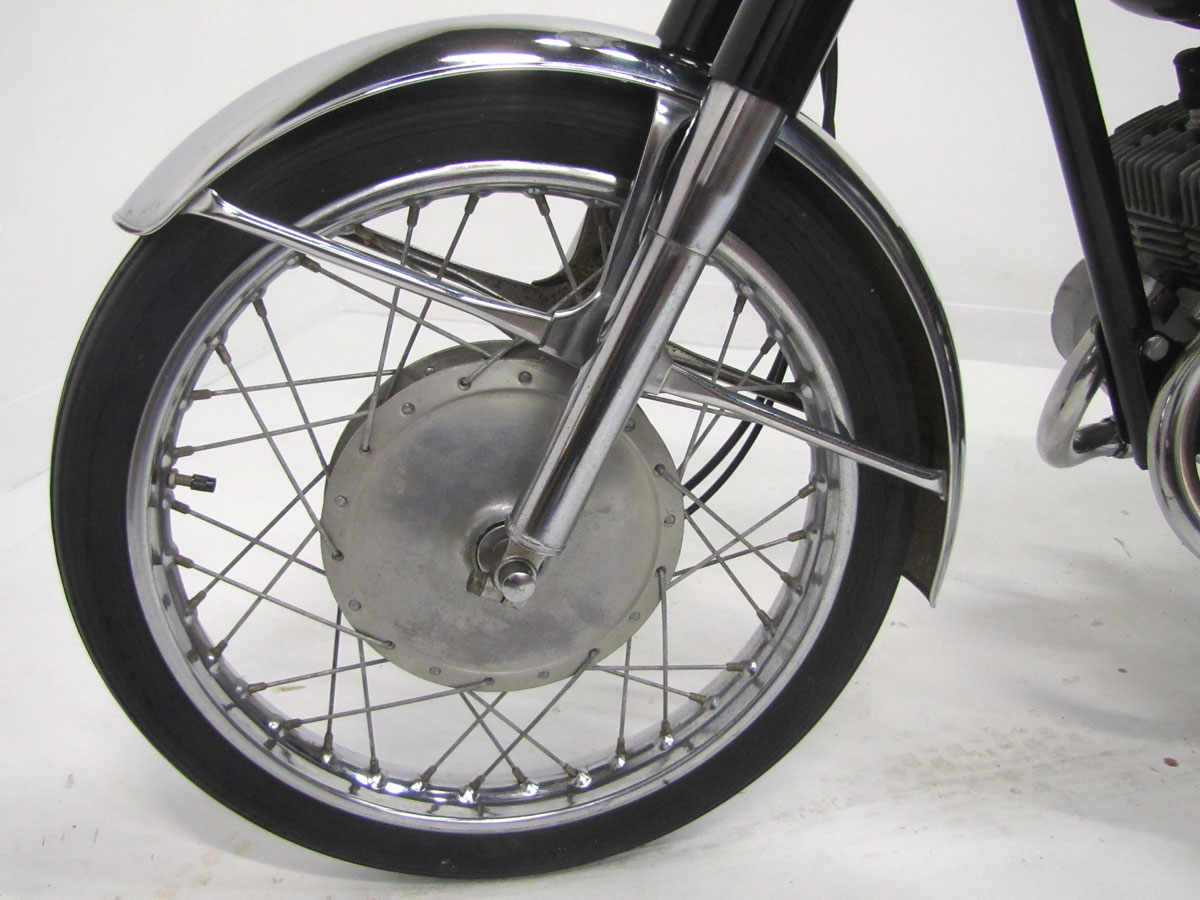
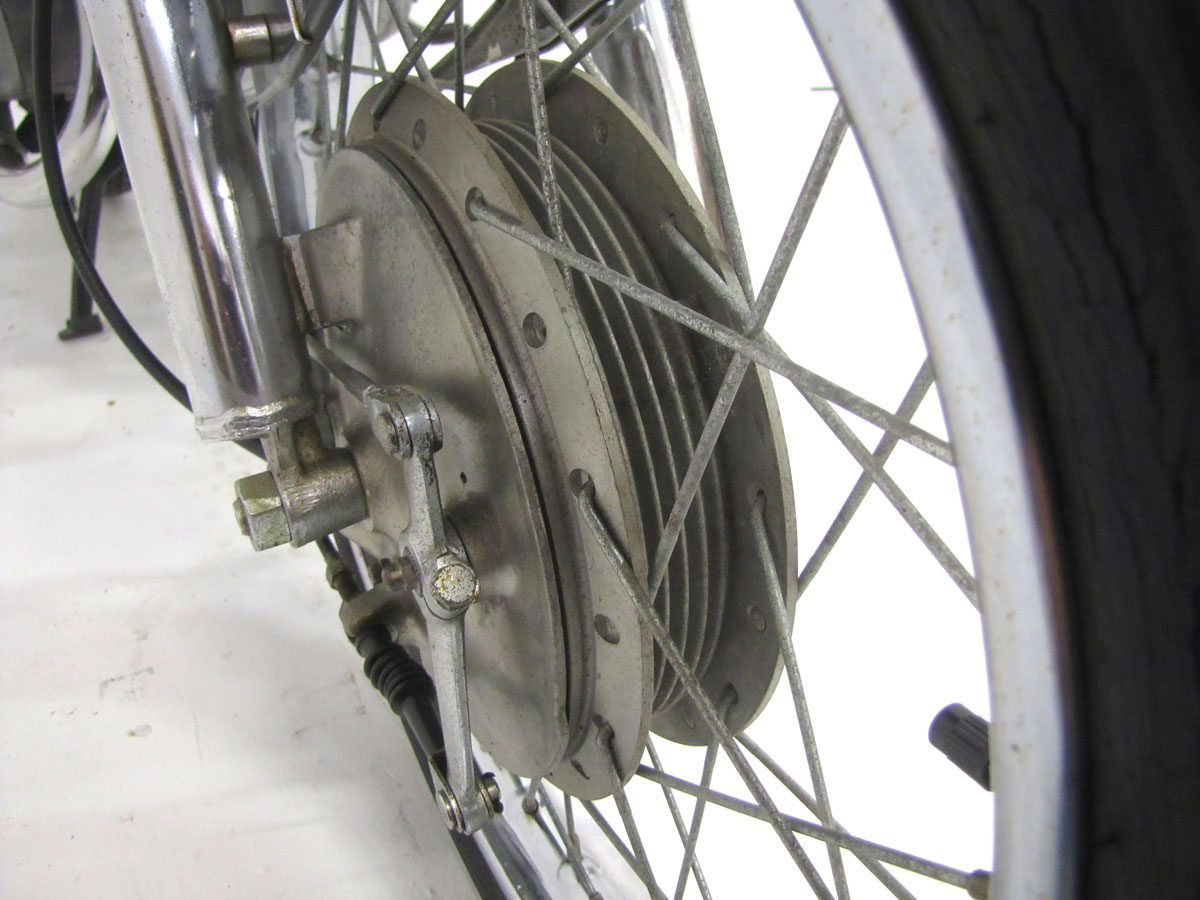
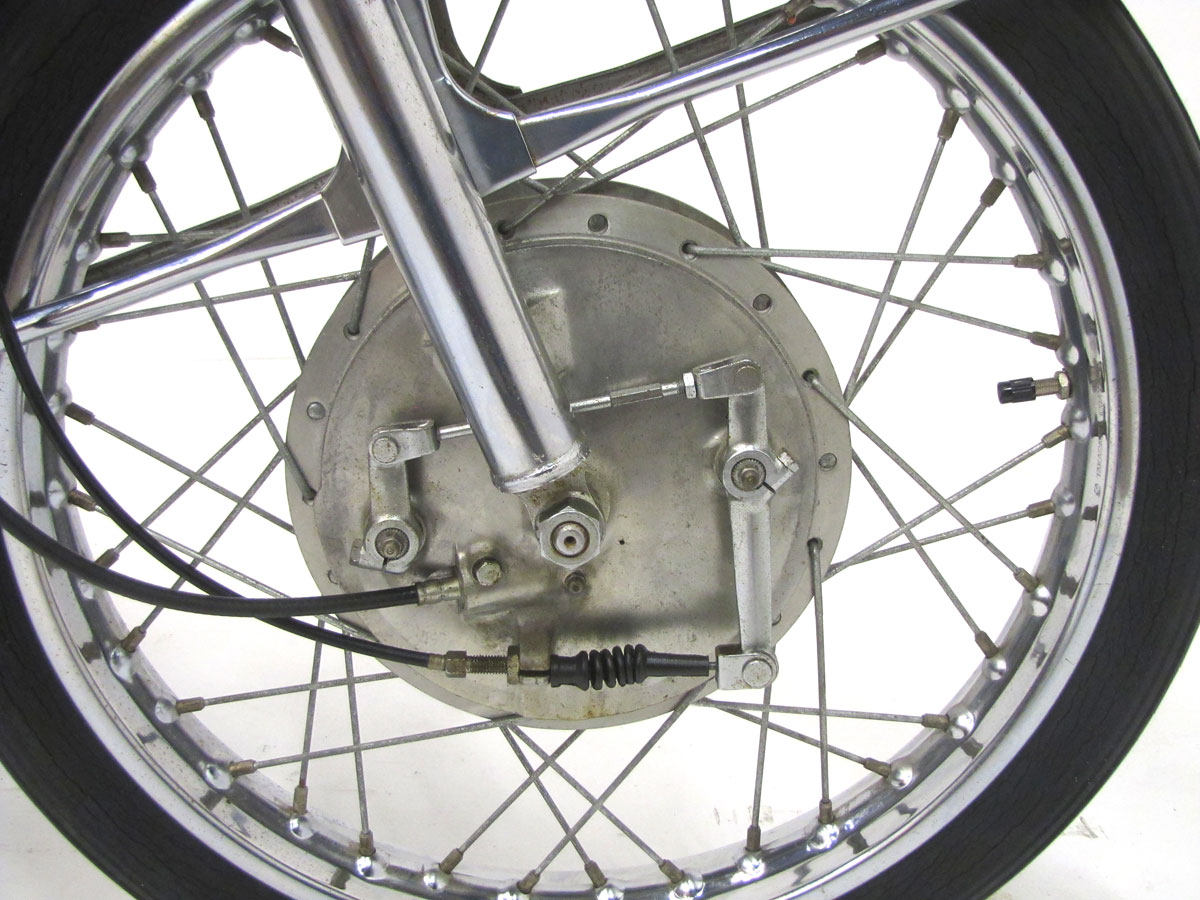
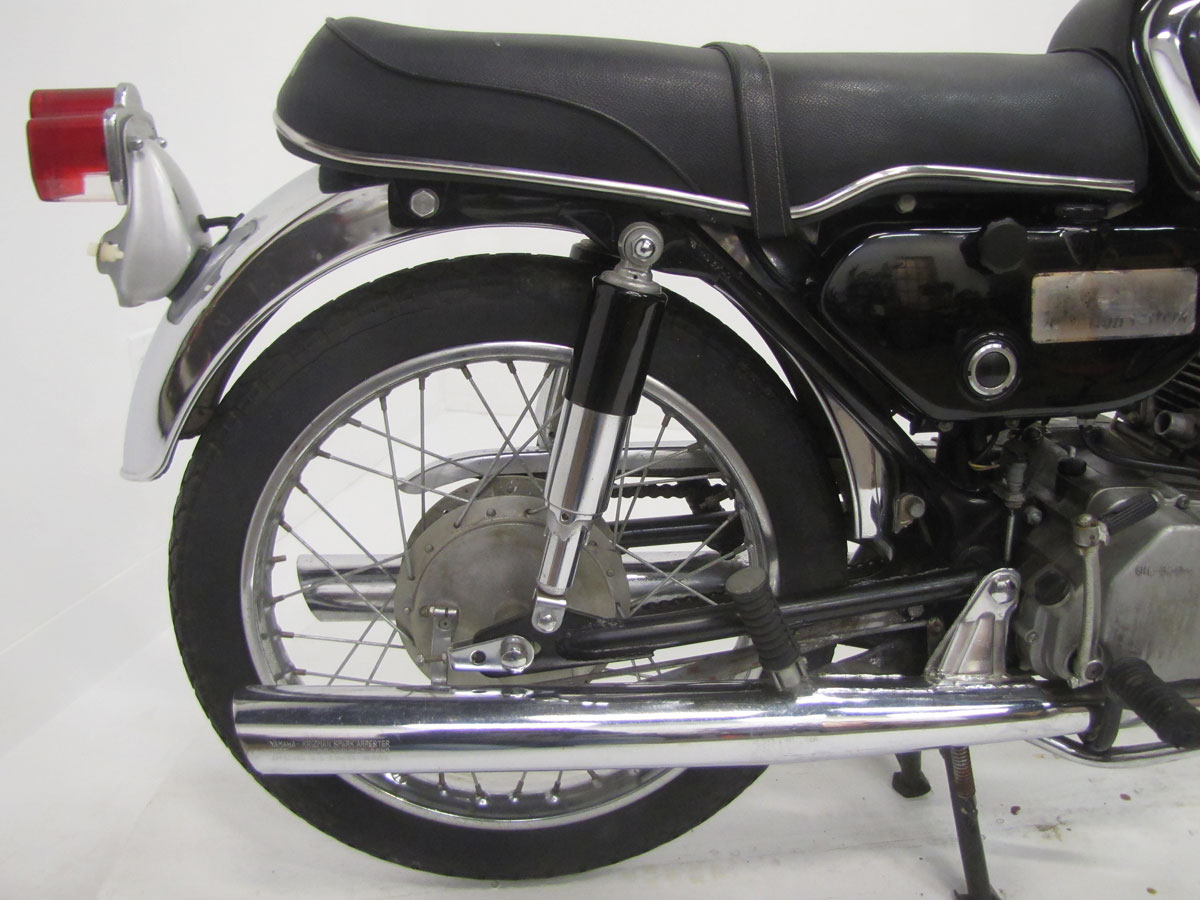
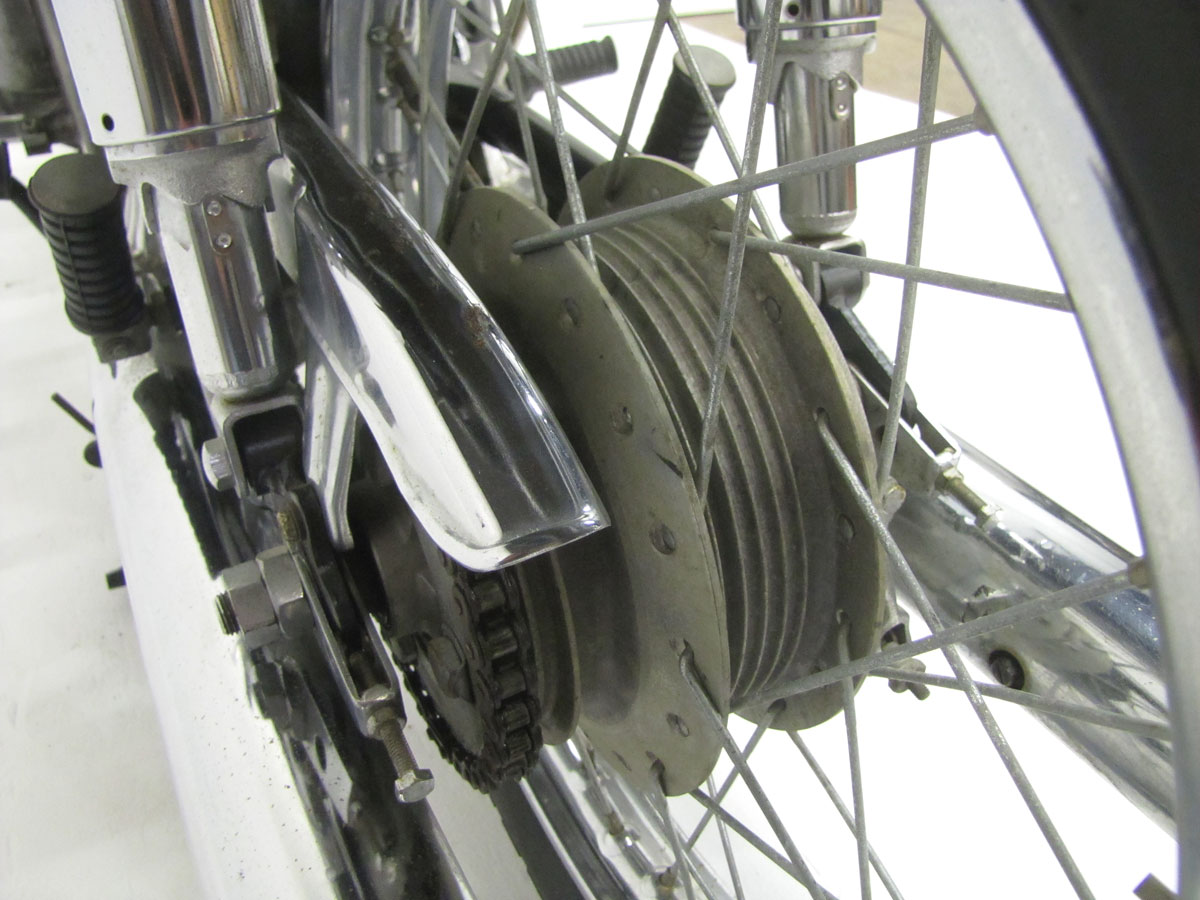
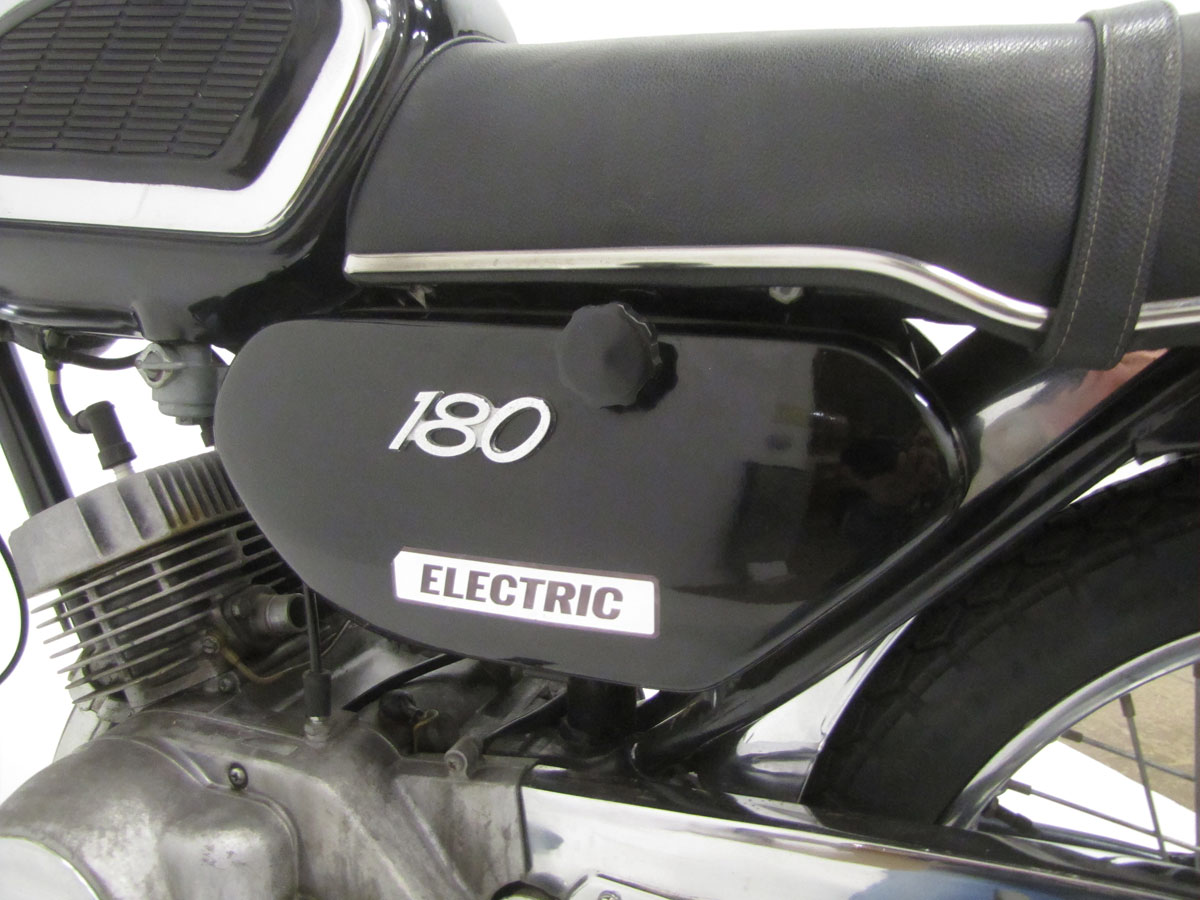
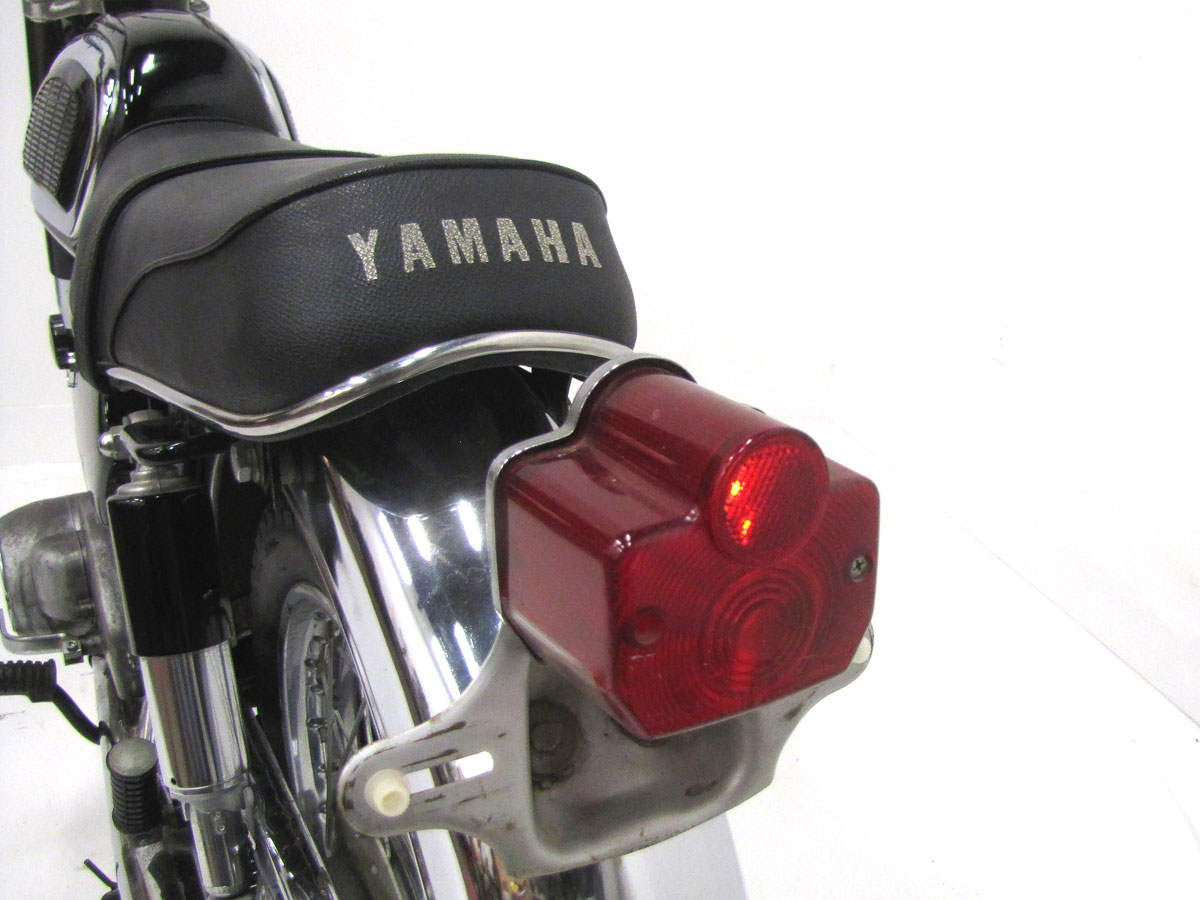
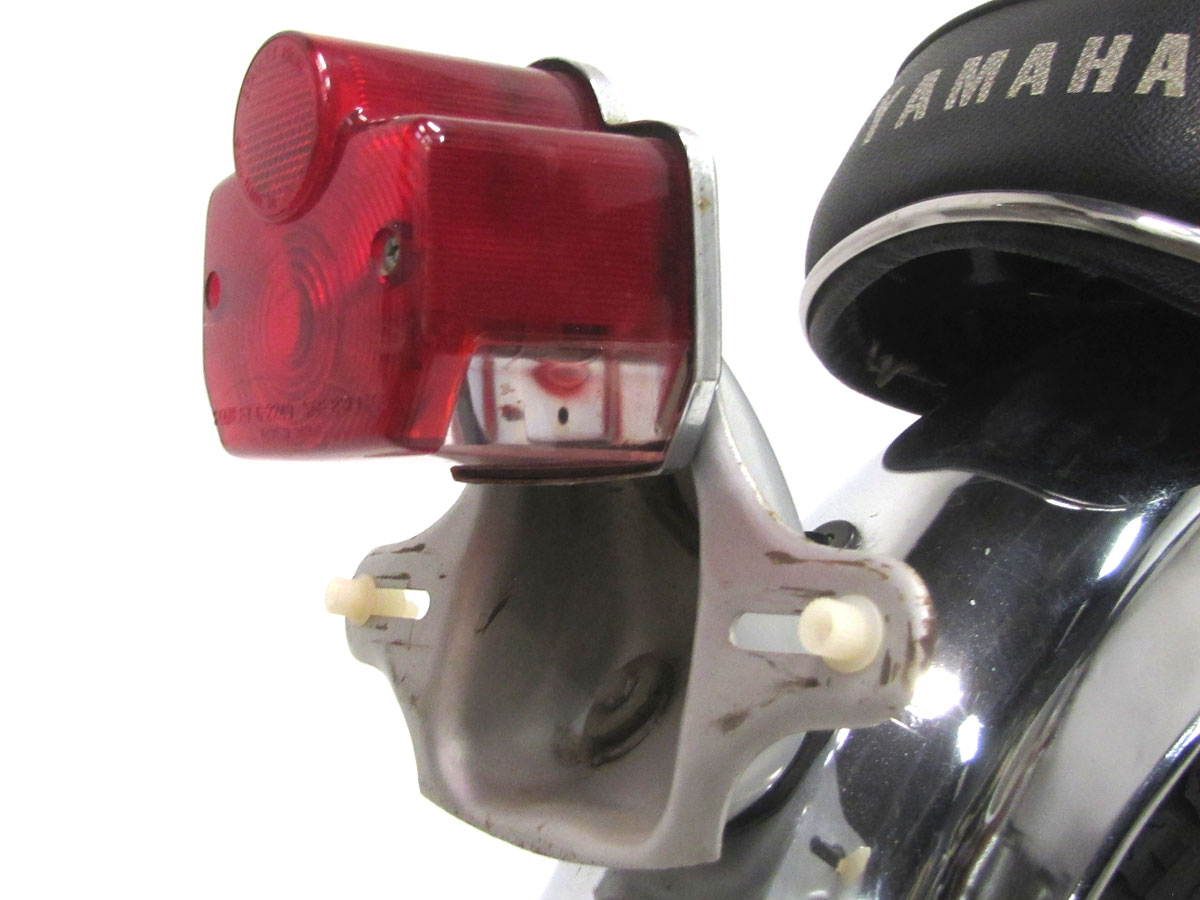
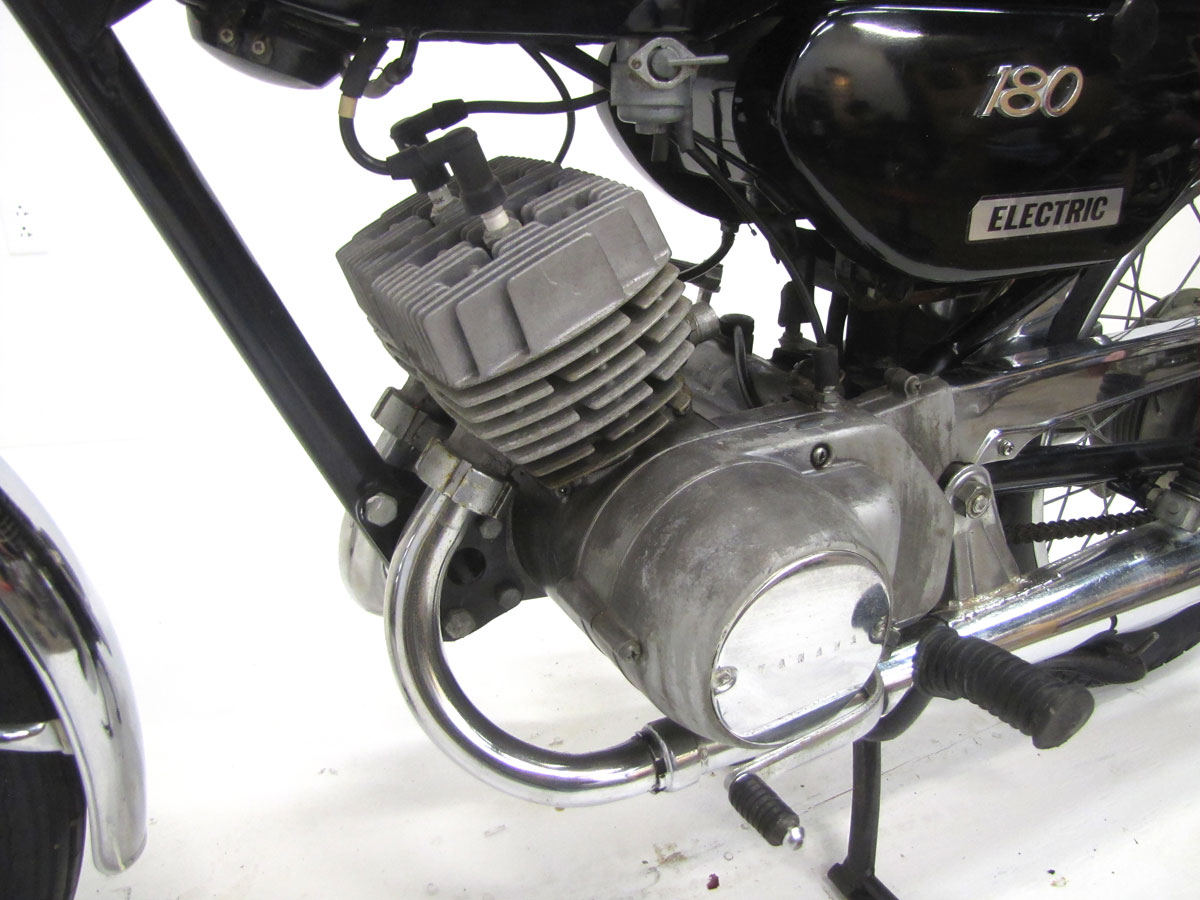
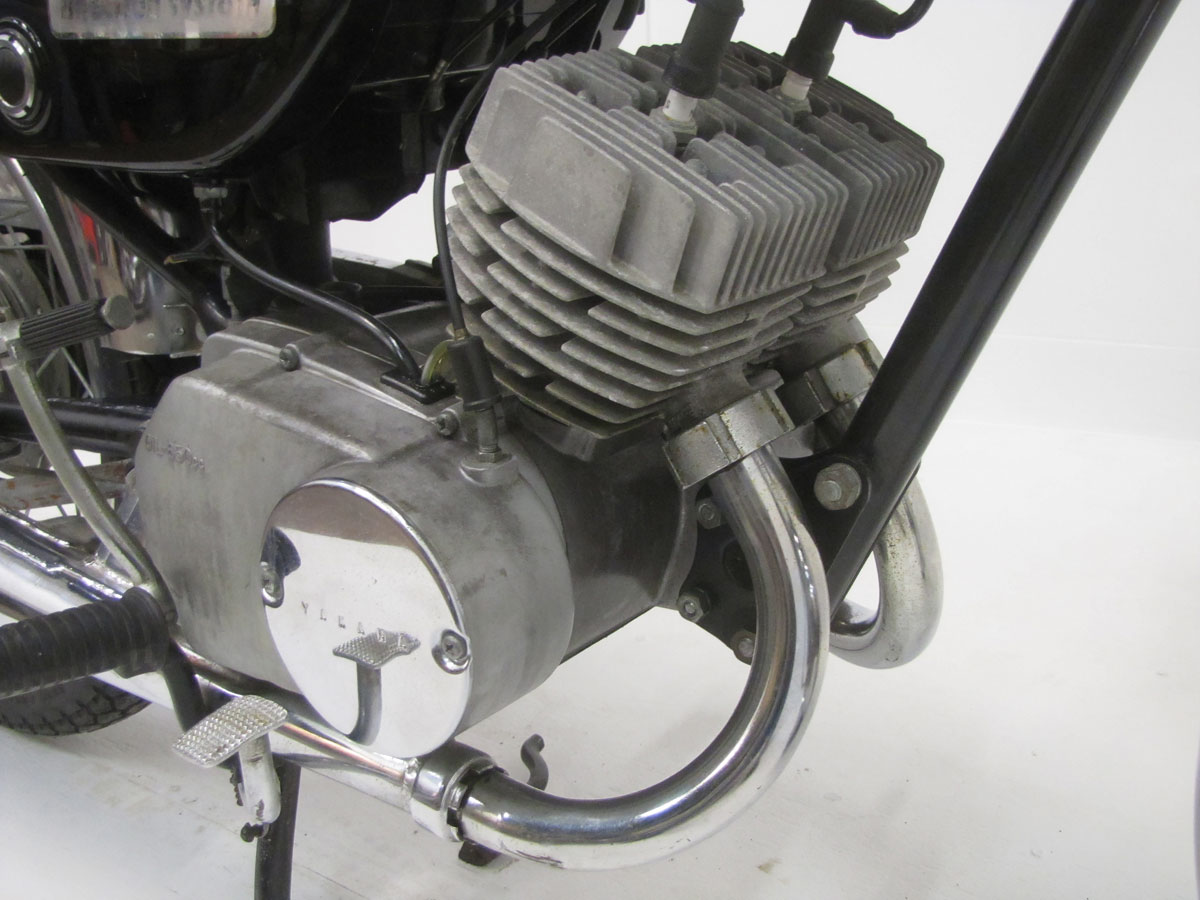
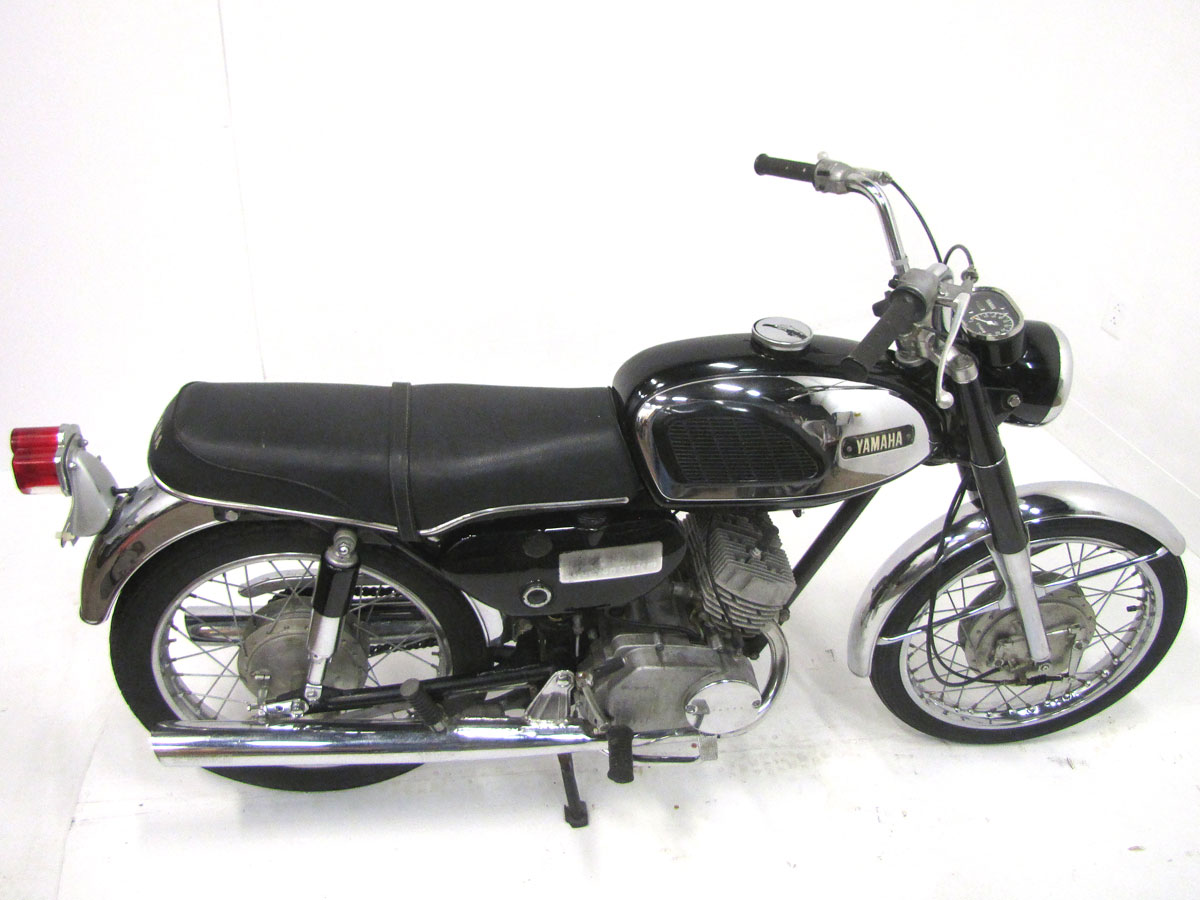


I noticed you mentioned Bridgestone motorcycles in this article. I have a 1966 Bridgestone 175 Hurricane Scrambler that I just finished restoring would you be interested in displaying at the museum or doing one of these articles on it? I would be willing to loan it to you. Let me know. Joey
Joey,
Please email to me (mmederski@nationalmcmuseum.org) pictures and other details of the bike, along with your location.
Thanks for writing.
Mark
I rode one of these candy apple red 180’s my last years of high school and early college in 1968-71. It was the first bike I did a long tour on, taking it 120 miles with a buddy on his Triumph Tiger Cub all the way from Chattanooga to the Smokey Mountains and back. We were long distance vets now! We crowded into a two man pup tent and heard a bear knocking over trash cans one night as it got closer to our site. Great memories and only one of the reasons I’m a dedicated rider of 54 years with over 750,000 miles under my butt.
David, I had a 180 and am trying to figure out which model it was and get photos for it. I believe it was a ’69 180 twin electric, candy apple red. if this happens to be the one you had can you direct me to some photos? I bought mine for $100. in 1975.
Thank you for posting!
Are you still looking for parts for the Bonanza? I have a fairly complete one (sheared crank pin) that I doubt I’ll ever get around to restoring.
Do you still have it?
How much
I had a 1967 twin 100 cc bike that my dad gave me when I was a kid around 12 I rode great on dirt by that age and it only had 2400 miles on it it got stolen from me not long ago by a ex girlfriend i wounder what it would of been worth not to mention the hurt of the fat that my dad who passed away in 2013 gave it to does any one have a idea it was in mint even still had the plastic on the seat everything original